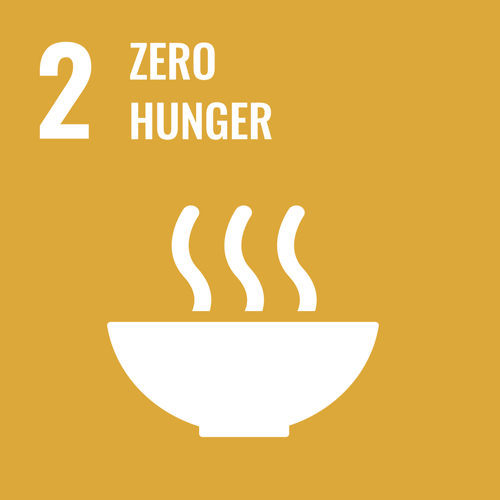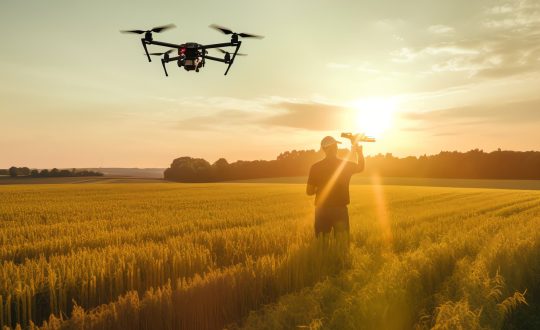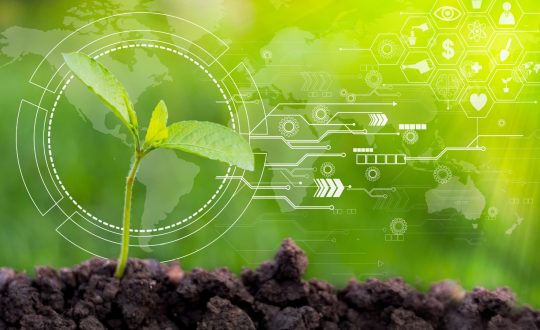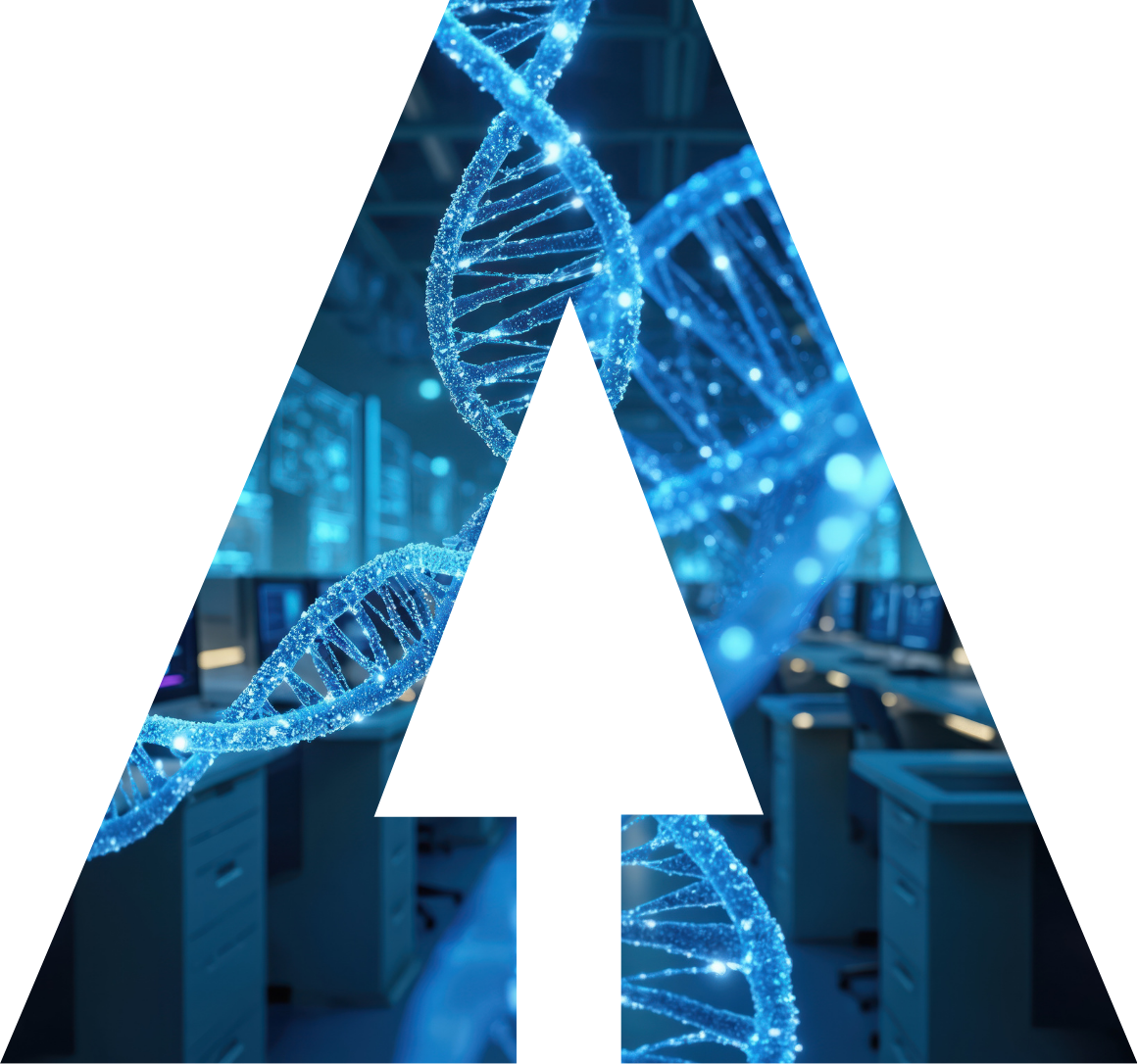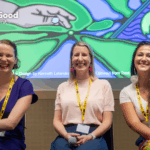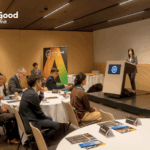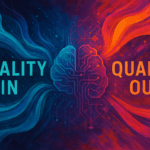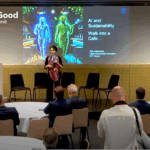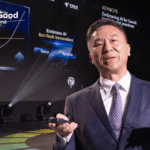In an ever-evolving technological landscape, the convergence of artificial intelligence (AI) and robotics presents unprecedented opportunities to address some of the most pressing challenges faced by communities around the globe. With AI and robotics being top priorities in policy and regulation, the GSR-24 Side Event on AI and Robotics in action, moderated by Guillem Martínez Roura, AI and Robotics Programme Officer at the International Telecommunications Union, highlighted top innovators across the African continent as they unveiled their groundbreaking solutions using AI and robotics to advance the Sustainable Development Goals.
Transforming Africa: AI for Good in action
Richard Ring Kuach Malek started the discussion by sharing the inspiring journey of the South Sudan Robotics Club, founded in 2017, with one of the first students who participated in the Robotics Club, Emmanuel Maror Chol Ring.

“South Sudan Robotics Club was founded in 2017 by me and other young South Sudanese in the country, and the main aim was to empower youth and encourage them to innovate by applying the skills they learned and be able to solve real-world problems,” expressed Richard Ring Kuach Malek, founder of South Sudan Robotics Club.
Richard Malek emphasized the club’s focus on addressing agricultural challenges through robotics, aiming to combat issues such as food insecurity, conflicts, and natural disasters like floods.
“The type of robot that we have here is a prototype that can be built in the future to solve our problems, especially in the area of agriculture, where South Sudan is being faced with a lot of issues,” shared Richard Ring Kuach Malek.
Eugene Kudzai Jamu, founder of Bruteforce Engineering, highlighted his company’s mission to empower African innovators by simplifying hardware development.
“Our focus has been on empowering African innovators, and also to get the youth started on electronics and robotics so that when they get to my age, they can build better solutions than what we have been able to do,” shared Eugene Kudzai Jamu, founder of Bruteforce Engineering.
Eugene Kudzai Jamu introduced a versatile hardware platform designed to facilitate easy prototyping and deployment of various solutions, reducing the complexity and cost associated with hardware development.
“If you already have your hardware done, then your focus is on software. It becomes cheaper to prototype and to deploy projects,” highlighted Jamu.
There were several innovations showcased, including a vehicle tracking system for speed limits, an LPG gas detection system and a solar-powered incubator controller for farmers, demonstrating the practical impact of their work on local communities.
Mumbe Mwangangi, co-founder of Nyansapo AI, described how her startup leverages AI to improve literacy and numeracy education for children in sub-Saharan Africa.
“Imagine if you are a child stuck in a classroom, whereby the teacher speaks in a language which is foreign to you, and the blackboard displays a series of numbers which you seem not to be able to understand. Unfortunately, that’s a reality for nine out of ten children in many public schools in sub-Saharan Africa,” highlighted Mumbe Mwangangi, co-founder of Nyansapo AI.
Nyansapo AI aims to provide intelligent literacy and numeracy assessments, automate classroom tasks, and offer personalized learning experiences.
“At Nyansapo AI, we imagine a Utopia whereby we can provide intelligent literacy assessment, instead of a teacher spending hours listening to a child read paragraphs and stories. The AI automatically assesses children. And we have intelligent numeracy assessments and to enhance learning, we have learning activities for teachers which are suggested from the app,” shared Mwangangi.
Lastly, William Wasswa, senior lecturer at Mbarara University of Science and Technology, and co-founder of Global Auto Systems, introduced ONCIMS, an AI-powered digital oncology platform for cervical cancer screening. He first shared the harsh reality of cancelling and problems relating to consultations.
“As you know, cancer is one of the leading causes of morbidity and mortality worldwide with 70% of these cases occurring in Africa. Uganda is ranked among the top seven countries, with the highest instances of cancer. And out of this, cervical cancer is the leading death of among the consultations. But where is the problem? Misdiagnosis, late-stage diagnosis, and lack of patient follow-up are among the leading causes of this death,” explained William Wasswa, senior lecturer at Mbarara University of Science and Technology, and co-founder of Global Auto Systems.
The expert highlighted the critical need for accurate and timely cancer diagnosis in Uganda, where cervical cancer remains a leading cause of mortality. To address this issue, he created ONCIMS.
“ONCIMS is an AI-powered digital oncological platform for cervical cancer screening. It includes a 3D-printed low-cost microscope scanner that digitizes the pap smears and automatically feeds these into an integrated digital oncological platform,” continued Wasswa.
How we can create a meaningful relationship between artificial intelligence and humans and how we create an environment that is inclusive and equitable for these kinds of innovations?
Emmanuel Maror Chol Ring, one of the first students from the South Sudan Robotics Club, shared his insights on creating a meaningful relationship between AI and humans.
“Fostering a collaborative relationship between humans and AI requires a multidisciplinary approach that involves understanding the limitations and the way AIs can operate, as well as the values and needs of the human. So, to promote an inclusive and equitable environment for all, we should have clear communication, like establishing a clear communication that allows humans and AI to understand themselves using natural language processing and human-centred principles to ensure that AI understands the needs and values of humans,” explained Ring.
Emmanuel Maror Chol Ring emphasized the importance of trust, transparency, and human-centred design in developing AI systems that meet the needs and values of diverse communities.
“When establishing transparency, you build an open and transparent communication channel by providing a clear understanding concerning AI limitations, AI decision-making processes that are used, and then potential biases. This can be achieved through explainability techniques, such as interoperability and future attributions,” continued Ring.
How do we ensure that your AI systems, or the AI systems that you’re developing, are as unbiased as possible?
The panelists also tackled the challenge of bias in AI systems, with Mumbe Mwangangi and William Wasswa, offering strategies to ensure fairness and accuracy.
Mumbe Mwangang spoke about how the Nyansapo AI app is collecting different data sets from different regions in Kenya.
“We have different accents informed by our ethnic languages after collecting the data set, is that we trained teachers on how to transcribe the data to ensure that the data is accurate and it can be used in our platforms to ensure that that bias is not present,” shared Mwangangi.
William Wasswa explained how in terms of data sets, that is where they first experience the bias.
“Using the microscope to collect our dataset has been very key, and this is helping us limit the bias by ensuring that we have our dataset that is representative of the people we are developing the solution for,” highlighted Wasswa.
What challenges have you faced as an innovator that you are proud of meeting, and how has it helped support your local community? What would you ask the policymakers to do to create a nurturing ecosystem for AI and robotics innovation?
William Wasswa noted the benefits of having partnerships to scale the innovation.
“We cannot scale an innovation without partnerships. So, having partnerships, technical, and financial, has been very key. For example, the different partners that have helped to scale the innovation,” explained Wasswa..
Mumbe Mwangangi regarded policymakers as reimagining public-private partnerships in the African context.
“It will be very important for policymakers to ensure that we can reimagine how best we can take advantage of things like public-private partnerships to ensure that young African innovators are not just overcapacitated but are given enough finances to build concrete items which can solve the most pressing problems on the continent,” shared Mwangangi.

The panel discussion highlighted the innovative work of African leaders in AI and robotics, addressing critical global challenges. Despite only 17% of SDGs being on track, AI has the potential to drive progress in 70% of these goals. By promoting inclusivity, fairness, and supportive ecosystems, these innovators are creating a brighter future where technology meets humanity’s greatest needs.



